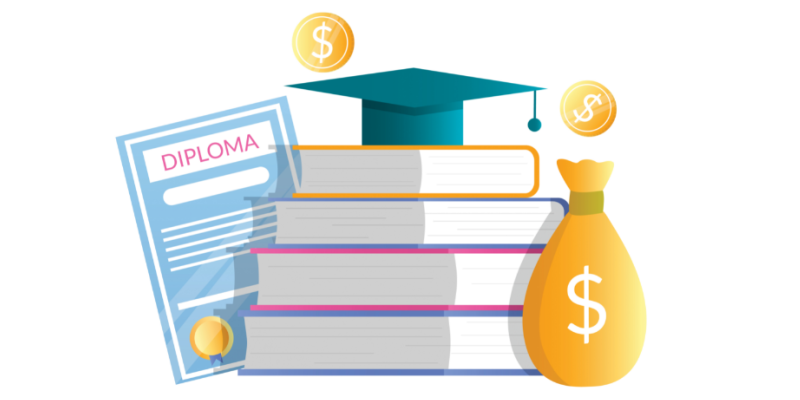By Jessica Steinhoff
The thought of paying for college makes many parents shudder, and with good reason: The price of higher education has increased nearly every year for decades, consistently outpacing inflation. According to the College Board, in-state students at public colleges are paying an average of 30% more for tuition and 25% more for room and board than they did 10 years ago. The four-year total comes to about $91,000 for these students, $158,000 for out-of-state students at public colleges and $207,000 — roughly the median price of a Wisconsin home — for students at private colleges.
Fortunately, these numbers don’t tell the whole story. Knowledge and a plan can boost your financial confidence and make college more affordable, even if you have large debts or a modest income. Read on for local experts’ tips on college savings, scholarships, the financial aid process and more.
BEFRIENDING THE FEDERAL APPLICATION FOR STUDENT AID
The Federal Application for Student Aid, or FAFSA, is the gateway to many scholarships and grants, as well as federal loans for students and parents. Even if you think your student won’t qualify for much, complete this form with them. Your family’s financial situation could change, and students from higher-income households are often eligible for some scholarships.
Be sure to file this form annually — and budget plenty of time to complete it.
“Do it yearly and do it early,” says Autumn Sanchez, an academic advisor who manages the UW-Madison Badger Ready program, a transitional pathway for returning adult transfer students. “You might discover sources of funding you wouldn’t have known about otherwise.”
Most colleges will use the FAFSA to create a personalized financial aid offer for your student. This letter details the scholarships, grants, work-study programs and loans your student can use to pay for their education. It also shows the cost of attendance, or COA, which is the average cost of one academic year. This number includes tuition and fees, room and board, books and supplies, transportation costs and certain personal expenses. By plugging different aid sources into the COA, you’ll see what this college will actually cost your family. Compare aid offers from different schools to determine which ones are most affordable.
“Even if your student doesn’t accept every source of aid in the offer, this [document] can inform your family’s financial decisions for the next academic year,” Sanchez adds.
Want to glimpse a school’s COA before the aid offer arrives? Many college websites have calculators to help you do just that. “These tools go by a few different names. At UW-Madison, it’s called a net price calculator, and it can help you start planning before an admissions decision has been made,” Sanchez says.
WATCH THE COLLEGE FUND GROW IN A 529 PLAN
A 529 plan is like a 401k retirement plan, except it’s to help you stockpile money for college. You can invest those funds tax-free, then use them later for a range of qualified educational expenses. Unlike 401k plans, 529 plans let you establish an account for each kid or grandkid and transfer money between their accounts.
So, what’s a qualified educational expense? The definition is pretty broad, says Linda Lambert, financial capability director for the Wisconsin Department of Financial Institutions’ College Savings Program.
“It’s not just tuition and books. It’s also things like computers and living expenses,” she says. “Just remember, if you use these dollars for something other than college, you’ll be charged a 10% penalty.”
Wisconsin sponsors two 529 plans: Edvest, which consumers can access directly, and Tomorrow’s Scholar, which is offered through financial advisors. Both come with an array of investment options and Wisconsin tax incentives.
You have until April 18 of this year to make 529 plan contributions for the 2021 tax year. If you’re filing individually, you can deduct the first $1,690 you contributed to each of your children’s accounts in 2021. The number jumps to $3,380 if you’re married and filing jointly. Any contributions beyond these amounts can be carried forward to future tax years.
Edvest offers saving incentives throughout the year, too. On May 29 (check edvest.com for exact promotion dates), open an account with at least $50 and make a monthly deposit of $25 or more for the next six months, and Edvest will add an extra $50 to the account. Also visit the website to enter a free 25th anniversary sweepstakes through January 2023. The prize — $529, of course — is awarded monthly.
Lambert also recommends that parents explore the lesser- known benefits of 529 plans so they know their options when it comes time to spend the money. For example, a 529 plan can pay for college abroad if the institution accepts the FAFSA. It can also cover the costs of a trade school or apprenticeship.
“You can even use $10,000 from a 529 plan to pay down student loan debt, including your own,” she says.




